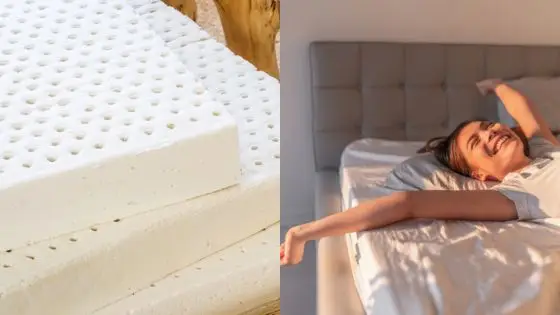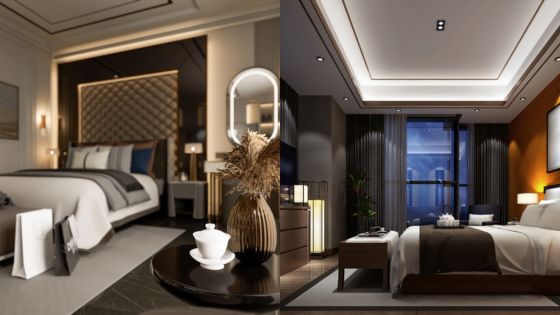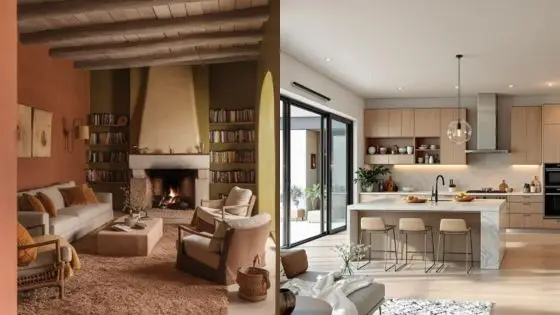Choosing the right way to bring natural light into your home can enhance both its functionality and aesthetic appeal. Windows and skylights are two popular options that allow sunlight to brighten up interior spaces, reducing the need for artificial lighting and improving energy efficiency. While both serve similar purposes, they differ in terms of design, installation, and benefits.

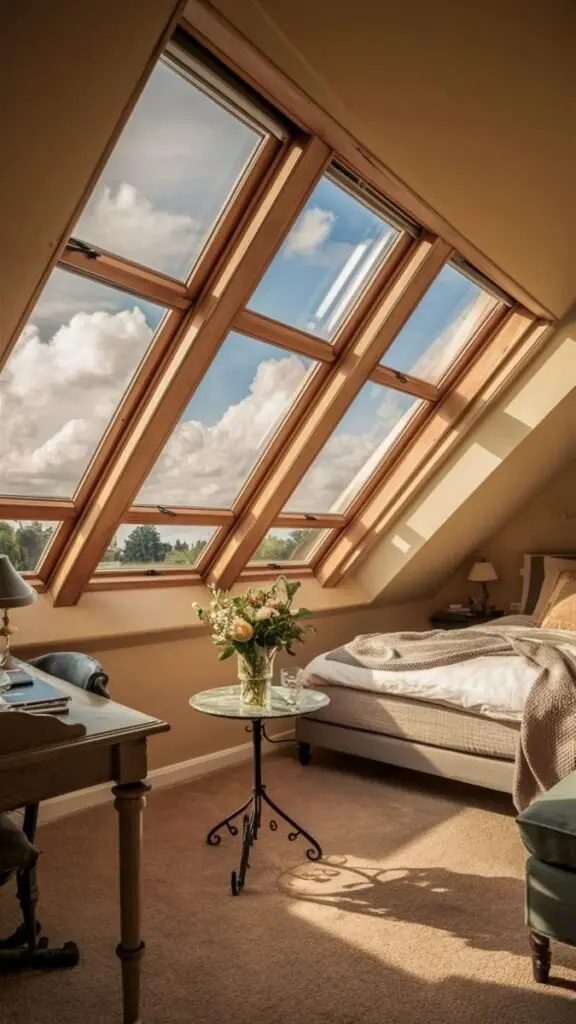
Homeowners must consider factors such as energy savings, ventilation, privacy, and architectural style when deciding between skylights and traditional windows. Each option has its advantages, and the best choice depends on the specific needs of the space. Understanding how skylights and windows compare can help homeowners make an informed decision that enhances their home’s comfort and overall value.
Maximizing Natural Light and Energy Efficiency
Natural light plays a crucial role in creating a warm and inviting atmosphere in any home. Both skylights and windows can significantly reduce the need for artificial lighting, leading to energy savings. However, their positioning and functionality affect how much sunlight enters a room and how efficiently heat is managed.
Windows, particularly large ones, provide direct light throughout the day. Their placement on exterior walls means they bring in sunlight horizontally, which can create glare and uneven lighting depending on the sun’s position. Windows can also be strategically placed to maximize daylight exposure, reducing electricity costs.
Skylights, on the other hand, allow light to enter from above, distributing it more evenly throughout the space. This is particularly beneficial in areas where windows may not provide sufficient lighting, such as hallways, bathrooms, and attics. Skylights also allow for passive solar heating during the winter, helping to reduce heating costs. However, in the summer, they may contribute to heat gain if not properly shaded or equipped with energy-efficient glazing. You can go now and research the different types of skylights to explore energy-efficient options such as vented skylights, solar-powered models, and those with UV-blocking technology. Choosing the right skylight can enhance energy efficiency while providing the desired amount of natural light.
Ventilation and Air Circulation
Ventilation is an important factor when considering windows and skylights. Fresh air circulation improves indoor air quality, regulates temperature, and prevents moisture buildup that can lead to mold growth.
Windows are the most effective option for ventilation since they can be opened fully or partially to allow airflow. Double-hung, casement, and sliding windows offer different levels of ventilation control, making them ideal for bedrooms, kitchens, and living spaces. Positioning windows on opposite sides of a room can also create cross-ventilation, further improving airflow.
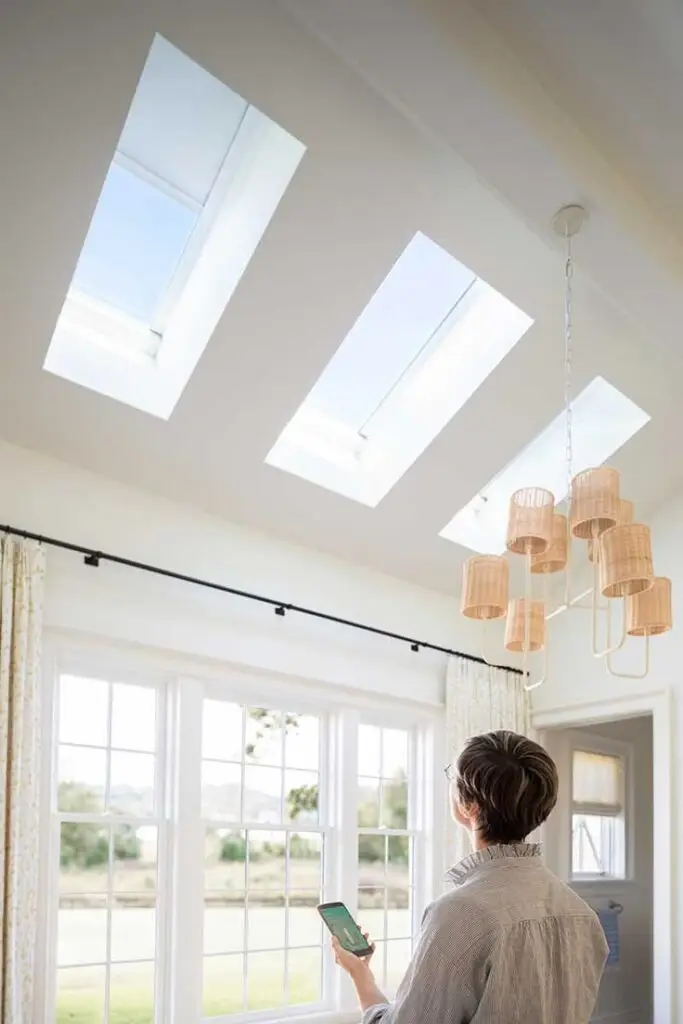
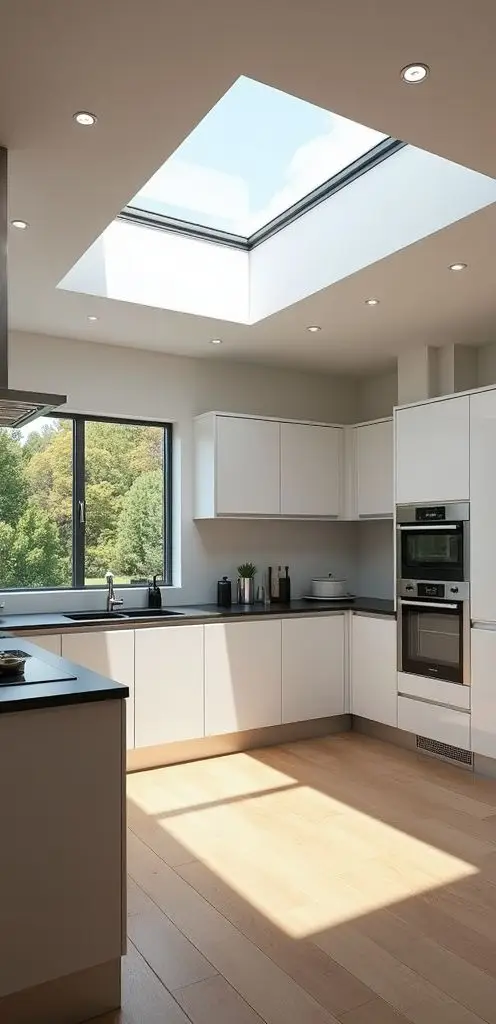
Skylights can also provide ventilation if they are designed to open. Vented skylights allow hot air to escape, making them particularly beneficial in rooms with high ceilings where heat tends to rise. Automated skylights with rain sensors and remote controls offer convenient operation, making them a great addition to bathrooms and kitchens where excess moisture needs to be expelled. However, unlike windows, they are not as easily accessible for everyday use, making them a less convenient option for frequent ventilation.
Privacy and Noise Reduction
Privacy is a major concern for homeowners, particularly in urban areas or homes located close to neighbors. Windows provide clear views of the outdoors, but they also allow outsiders to see inside. While curtains, blinds, or tinted glass can offer privacy, they may also reduce the amount of natural light entering the room.
Skylights provide an excellent alternative for bringing in natural light without compromising privacy. Since they are installed on the roof, they allow sunlight to enter while preventing outside visibility into the home. This makes them an ideal choice for bathrooms, bedrooms, and other private spaces where homeowners want natural light without sacrificing discretion.
Installation and Cost Considerations
The cost of installing skylights versus windows depends on several factors, including materials, labor, and structural modifications required for installation. Windows are generally more affordable and easier to install, as most homes are already designed to accommodate them. Replacing or upgrading windows typically requires minimal structural changes, making them a cost-effective option.
Skylights, however, require cutting into the roof, which may involve additional construction work and waterproofing measures. Improper installation can lead to leaks, so hiring an experienced professional is essential. High-quality skylights with energy-efficient features and motorized controls can also be more expensive than standard windows. While skylights may have higher upfront costs, they can add significant value to a home by enhancing aesthetics and energy efficiency.

For homeowners looking to enhance natural lighting in hard-to-reach areas while maintaining privacy, skylights are a great option. If ventilation and ease of use are top priorities, windows may be the better choice. Combining both elements strategically throughout a home can create a balanced, functional, and visually appealing living space.
Understanding the benefits and challenges of each option allows homeowners to make an informed decision that aligns with their lifestyle, design preferences, and energy-saving goals.
- 30shares
- Facebook0
- Pinterest30
- Twitter0

